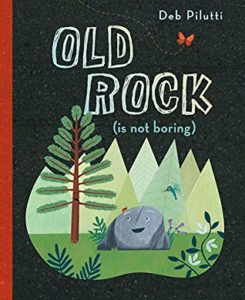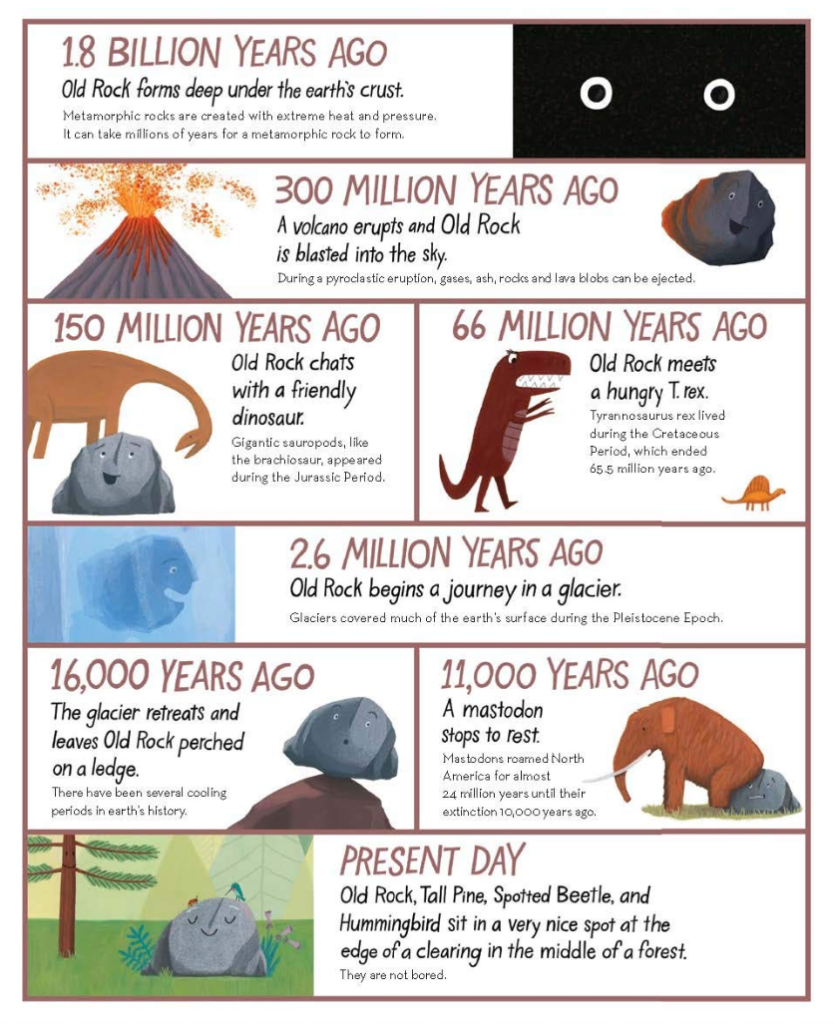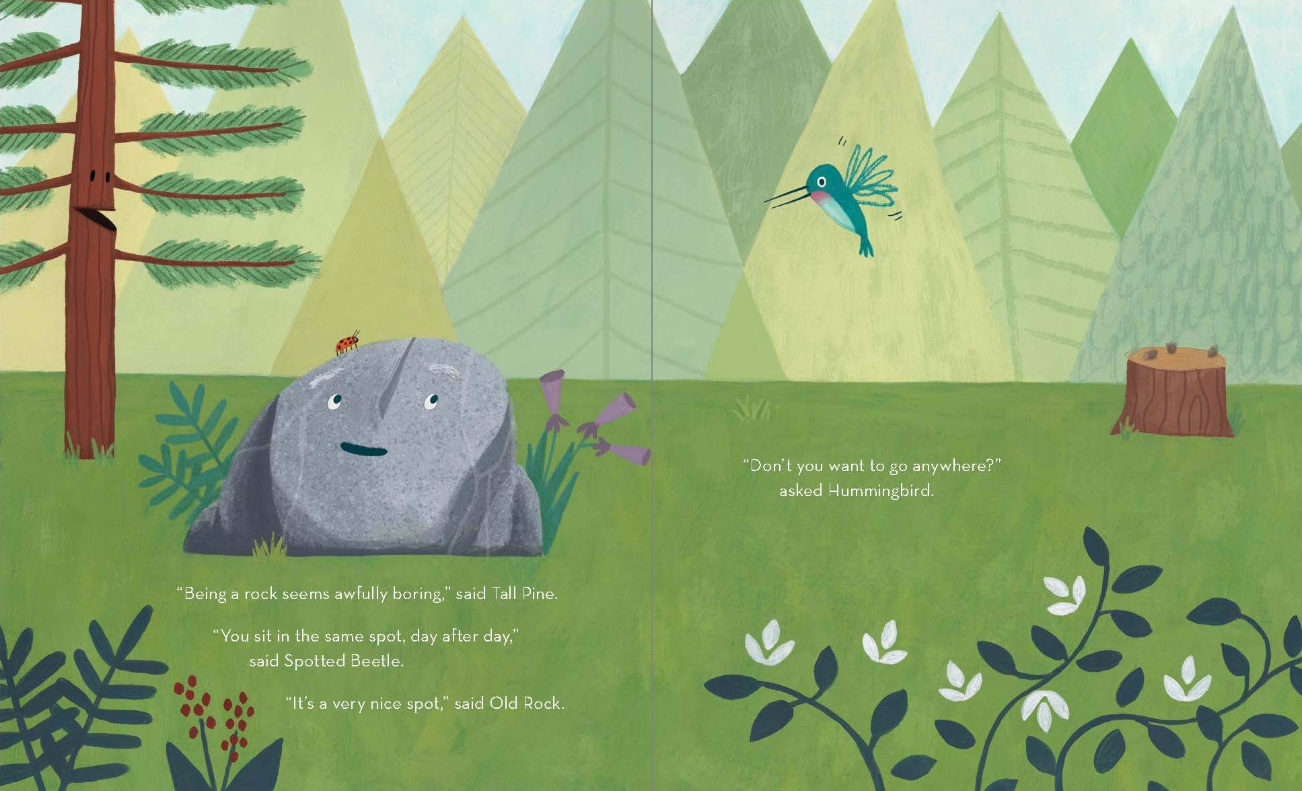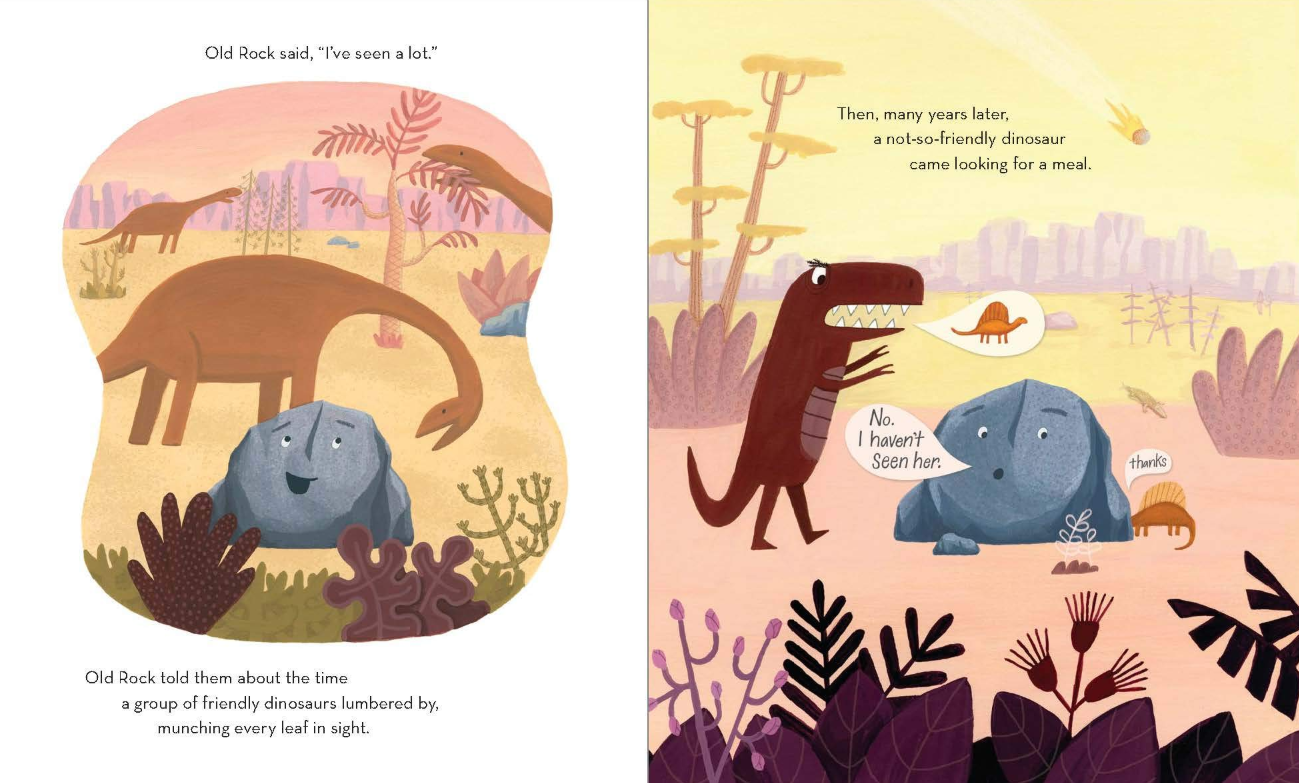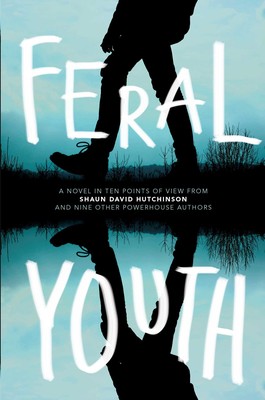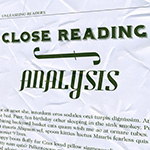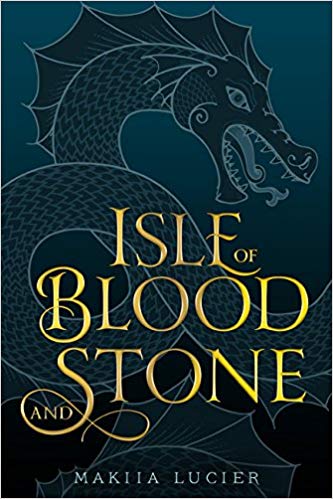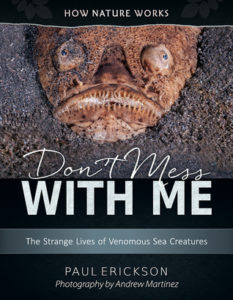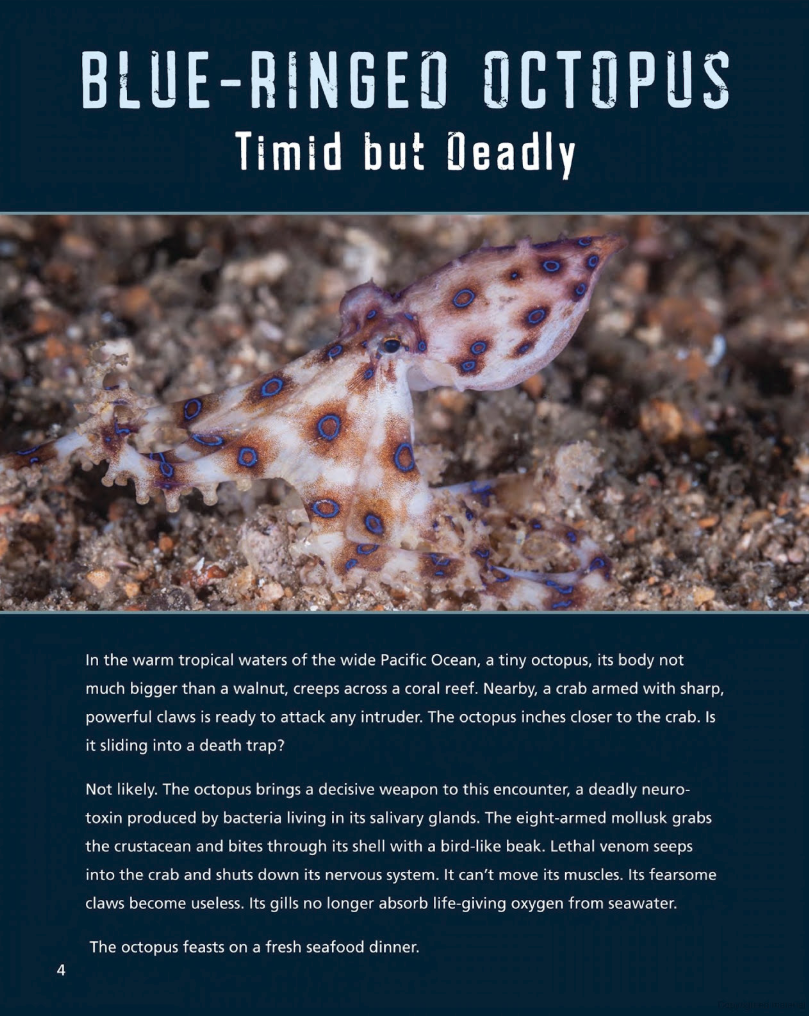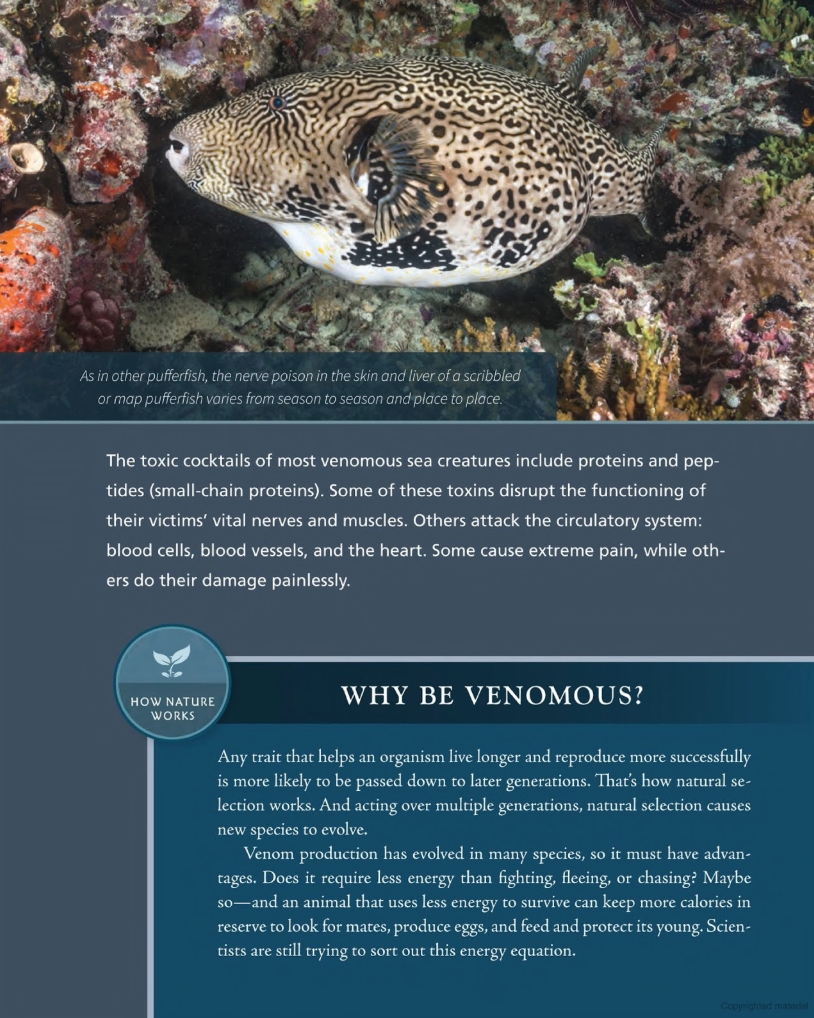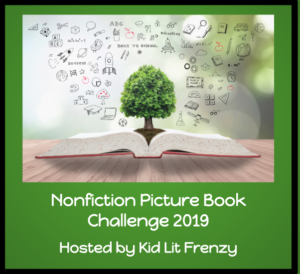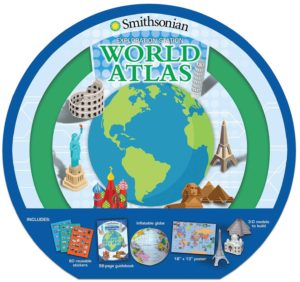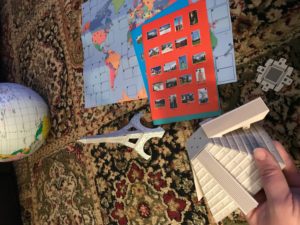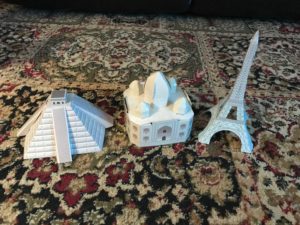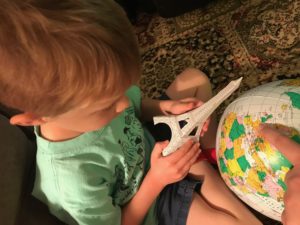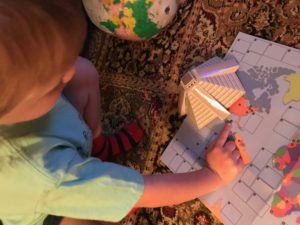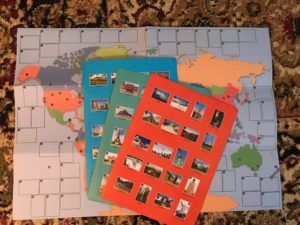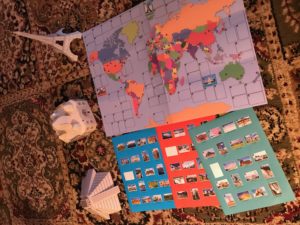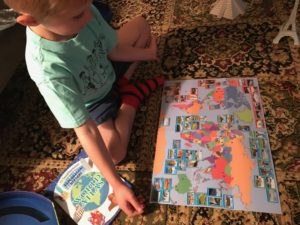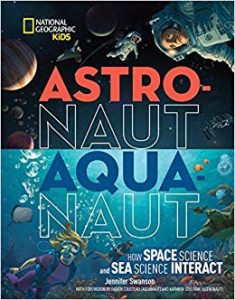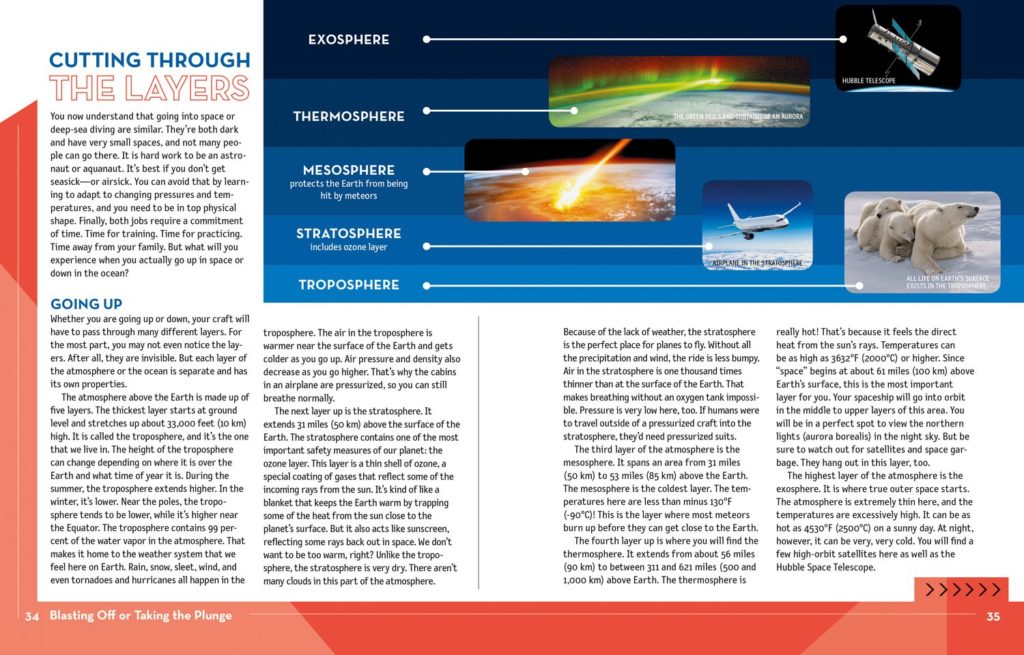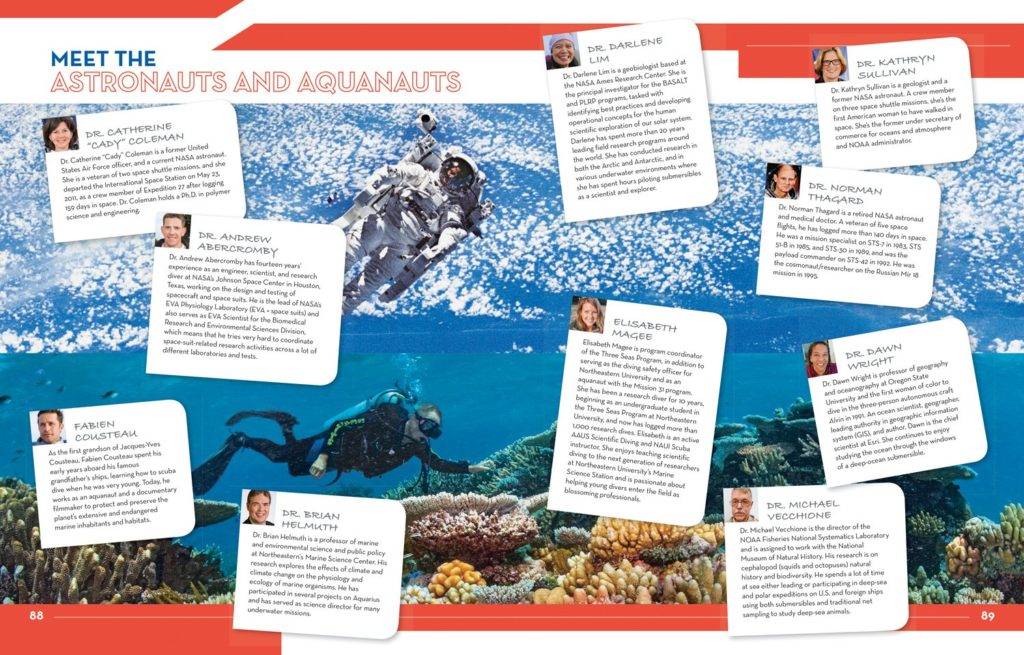Old Rock (is not boring)
Author & Illustrator: Deb Pilutti
Published February 4th, 2020 by G.P. Putnam’s Sons
Summary: Quirky charm infuses this tale of Old Rock’s life story, which is much more exciting than you’d expect.
Old Rock has been sitting in the same spot in the pine forest for as long as anyone can remember. Spotted Beetle, Tall Pine, and Hummingbird think just sitting there must be boring, but they are in for a wonderful surprise.
Fabulous tales of adventurous travel, exotic scenery, entertaining neighbors, and more from Old Rock’s life prove it has been anything but boring.
Great storytellers come in all shapes, sizes, and ages, and Old Rock’s stories are sure to inspire questions that lead to wonderful conversations about the past and the natural world.
About the Author: Deb Pilutti feels lucky to have a job where reading, playing with toys and watching cartoons is considered “research”. She lives in Ann Arbor, Michigan with her husband, and nervous border collie. Deb has worked as a graphic designer and illustrator, creating toys and products for children and is the author and illustrator of OLD ROCK (IS NOT BORING!) Putnam, THE SECRETS OF NINJA SCHOOL (Ottaviano/Macmillan), TEN RULES OF BEING A SUPERHERO (Ottaviano/Macmillan), and BEAR AND SQUIRREL ARE FRIENDS (Simon & Schuster).
Praise:
“A witty, engaging exploration of deep time . . . This picture book rocks!” –Kirkus, starred review
“This is a wonderful story about mistaken assumptions, and taking the time to listen to a variety of perspectives and experiences. Part scientific history, part storytelling, Old Rock is content with his lot in life, and Old Rock is not boring! This is a brilliant book for school and public libraries and one that children will be drawn to.” –School Library Journal, starred review
“Pilutti puts a smile and wide eyes on the rock and places it among an increasingly fascinated animal audience in a set of simply drawn, usually idyllic cartoon scenes. ‘They are not bored,’ she concludes, nor will younger readers and listeners be once they realize that every rock they see has a similar story to tell.” –Booklist
Review: This book is not boring! I just adore Old Rock and how he puts things in perspective for the beetle, pine, and hummingbird. There is so much to dig into in this book, and it is a fun narrative also. I’m also a big fan of Pilutti’s illustration styles. It is such a fun mix of cartoon and realistic with each character’s personalities shining through the illustrations.
Teachers’ Tools for Navigation: On top of the wonderful storytelling aspects of the story that could be used for a mentor text to initially introduce a personal narrative, looking at points of view of a situation, and seeing how illustrations support a text and add to the story, the book also shares the science behind rock’s stories which is a great introduction to basic geology and some animal science. Yay STEAM! Below is the image in the back matter:
Discussion Questions:
- Why does everyone think that being a rock is boring?
- What has rock done that is definitely not boring?
- How old is rock?
- What other things would rock have seen in the timeline given for him?
- What are some things that rock did that show his character traits?
- Which of the characters would you want to be friends with? Why?
- How are the other characters different than Old Rock?
Flagged Passages:
Book Trailer:
Read This If You Love: Anthropomorphic picture books, Tiny T. Rex and the Impossible Hug by Jonathan Stutzman, You Don’t Want a Unicorn by Ame Dyckman, Fly! by Mark Teague, Jasper & Ollie by Alex Willan
Recommended For:
